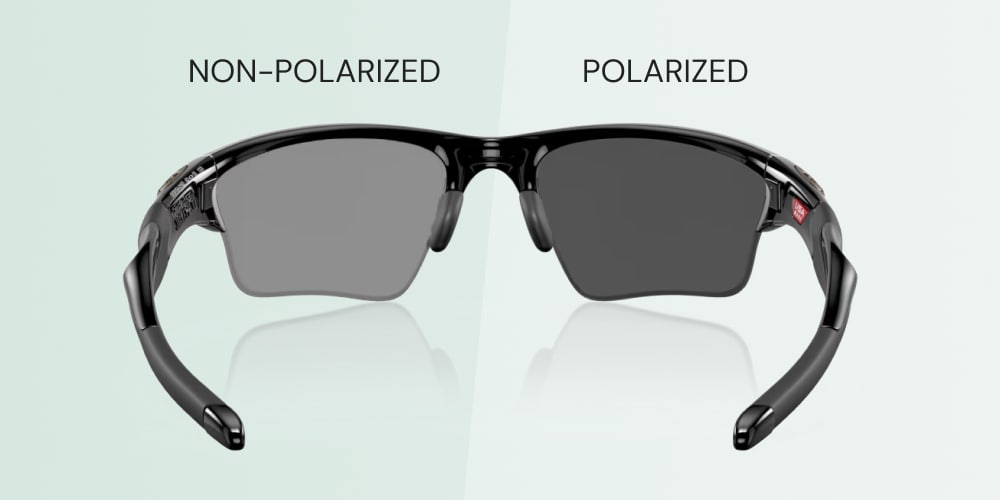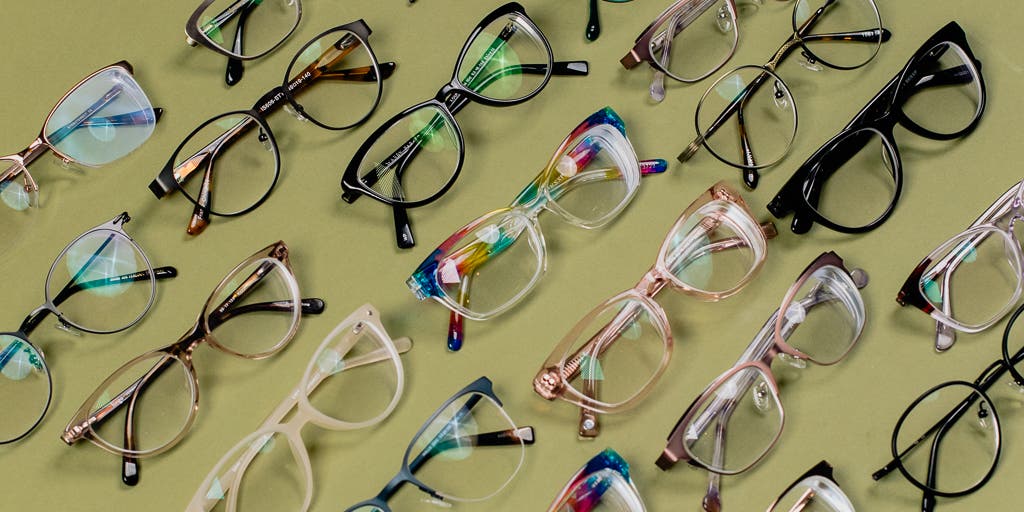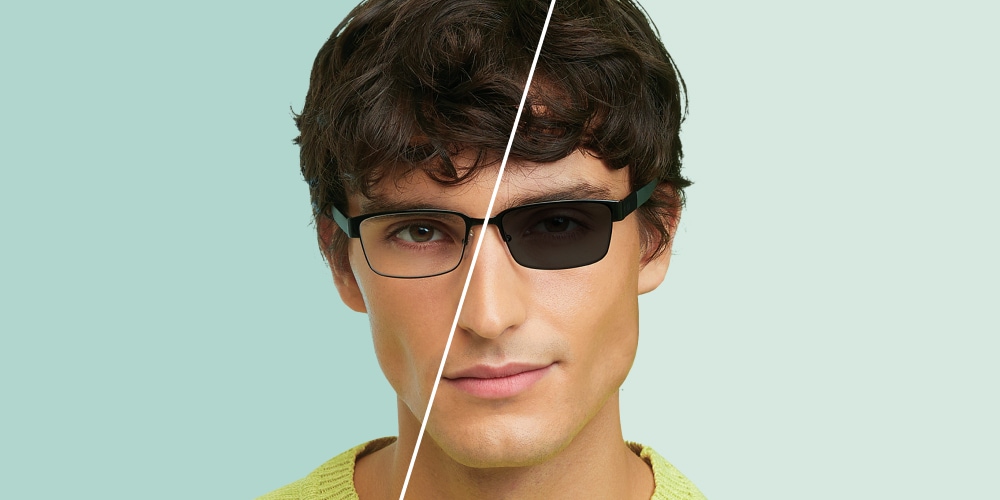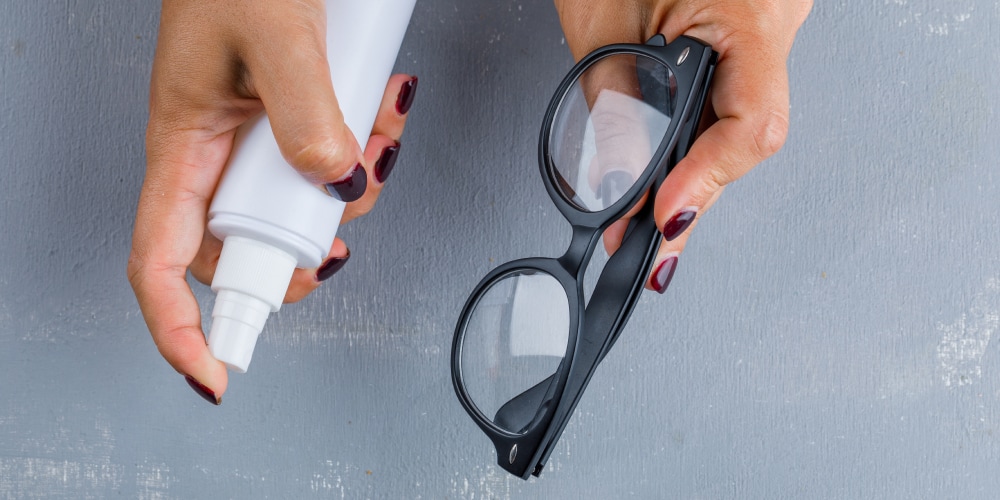When it comes to shopping for sunglasses, you have a lot of options to choose from. They come in a wide variety of frame shapes, colors, sizes, and lens tints. However, one key option to consider is polarized vs. non-polarized lenses.
Polarized and non-polarized sunglasses share many similarities, and both offer distinct advantages. Choosing the best option for you depends on your personal preferences, lifestyle, and where and when you’ll wear your sunglasses.
In this article, we’ll explore both polarized and non-polarized sunglasses to help you understand their differences and make the best choice for your needs.
What Are Polarized Sunglasses?
Polarized sunglasses have lenses that reduce glare by blocking certain light waves from reaching your eyes. This glare reduction enhances visibility in bright sunlight and around reflective surfaces like water, snow, sand, and concrete.
How Does Polarization Work?
The light-filtering polarized coating on these lenses is like a vertical blind on a window. This coating allows vertically oriented light to enter your eyes while blocking horizontal light waves reflecting off various surfaces. This makes it easier for you to see in bright light.
Polarized sunglass lenses also increase contrast. So even though the environment around you might look darker when you’re wearing shades, objects often appear clearer and colors look more vibrant.
Differences Between Polarized and Non-polarized Sunglasses
Both polarized and non-polarized lenses carry their own unique advantages. However, the main difference between them is that polarized sunglasses reduce harsh glare from reflective surfaces. Depending on your activities and environment, one lens type may work better than the other.
When to Wear Polarized Sunglasses
Polarized sunglasses are versatile and can be worn in many situations, but they’re particularly useful during activities where glare reduction is important, such as:
Water sports
Glare from the water’s surface can be a challenge if you’re boating, water skiing, canoeing, or participating in other water sports. Polarized lenses reduce this glare, making it easier to see clearly when you’re on the water.
Daytime driving
Driving can be hazardous when sunlight reflects off the road and other surfaces, affecting your ability to see clearly. Polarized lenses can be good for daytime driving, as they can help reduce distractions from glare and enhance your visual comfort.
Fishing
Sunglasses with polarized lenses are often the best for fishing because they allow for clearer visibility when looking into the water. Wearing them during your fishing excursion could increase the chance of reeling in that big catch.
Other outdoor sports
Cyclists, runners, hikers, and other outdoor athletes often favor polarized eyewear. The lens coating increases contrast and improves visibility, making it easier to navigate outdoor environments.
When Not to Wear Polarized Sunglasses
Even though there are many reasons to wear polarized sunglass lenses, non-polarized options may be more effective and safer in certain situations, including:
Driving at night
Although polarized lenses can reduce glare from oncoming headlights and streetlights, wearing sunglasses while driving is unsafe and not advisable. They can make it too dark to see clearly, compromising your ability to drive safely.
On cloudy days
Sunglasses are essential for protecting your eyes from the sun’s ultraviolet (UV) rays, even on cloudy days. While it’s important to wear shades with 100% UV protection, polarized sunglasses may block too much light in overcast conditions.
Looking at an LCD screen
Many LCD screens found on phones, car dashboards, tablets, and ATMs are also polarized. Wearing polarized sunglasses can make it difficult to see these screens clearly.
Icy conditions
Wearing polarized shades in icy conditions, such as when driving or on the ski slopes, can be dangerous. Light reflects off ice, which may prevent you from seeing it at all. It’s best to wear non-polarized sunglasses when driving in icy conditions, while ski goggles designed specifically for snow sports may be your best bet on the slopes.
How to Tell if Sunglasses Are Polarized
If you’re not sure whether your sunglasses are polarized, here are some ways to check:
- 1. Put on your shades and look at an LCD screen like your phone. If your screen appears dark and you can’t see what’s on your phone, your sunglasses are probably polarized. This is because the phone’s polarized screen blocks vertical light, while polarized sunglasses block horizontal light.
You can still use your phone while wearing polarized lenses — you just need to rotate it 90 degrees. This way, both your sunglasses and your phone are blocking horizontal light while still letting in vertical light. - 2. Get a pair of sunglasses that you know are polarized. Hold it in front of your sunglasses and look through the lenses at the same time. Turn one pair 90 degrees and look through the lenses again. If all of the light is blocked, the pair you weren’t sure about is likely polarized.
Are Polarized Sunglasses Better?
Polarized lenses are a great option for a wide range of outdoor activities. While they’re not necessarily better than non-polarized lenses, they may be a better choice in certain situations. Consider choosing polarized sunglasses if you’re looking for sunglasses that can:
- Reduce glare
- Increase color contrast
- Enhance visual clarity
- Boost visibility
Polarization vs. UV Protection
Regardless of whether you choose polarized vs. non-polarized sunglasses, your shades should protect your eyes against the sun’s harmful rays. Polarization and UV protection are not the same thing. Though polarized lenses help filter glare from the sun, they do not automatically protect against UV radiation. Be sure to choose a pair of sunglasses that also provide 100% protection against UVA and UVB rays.




